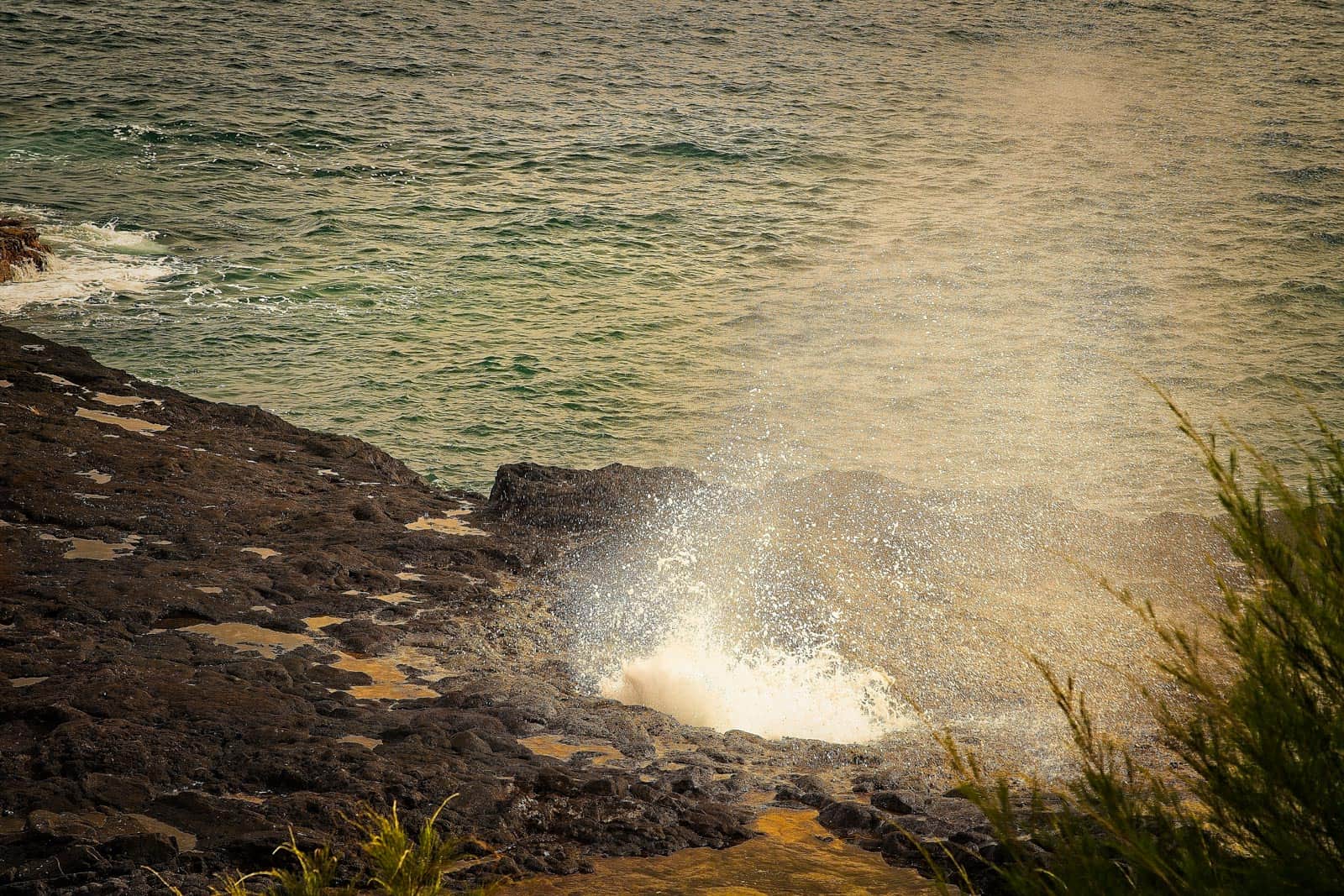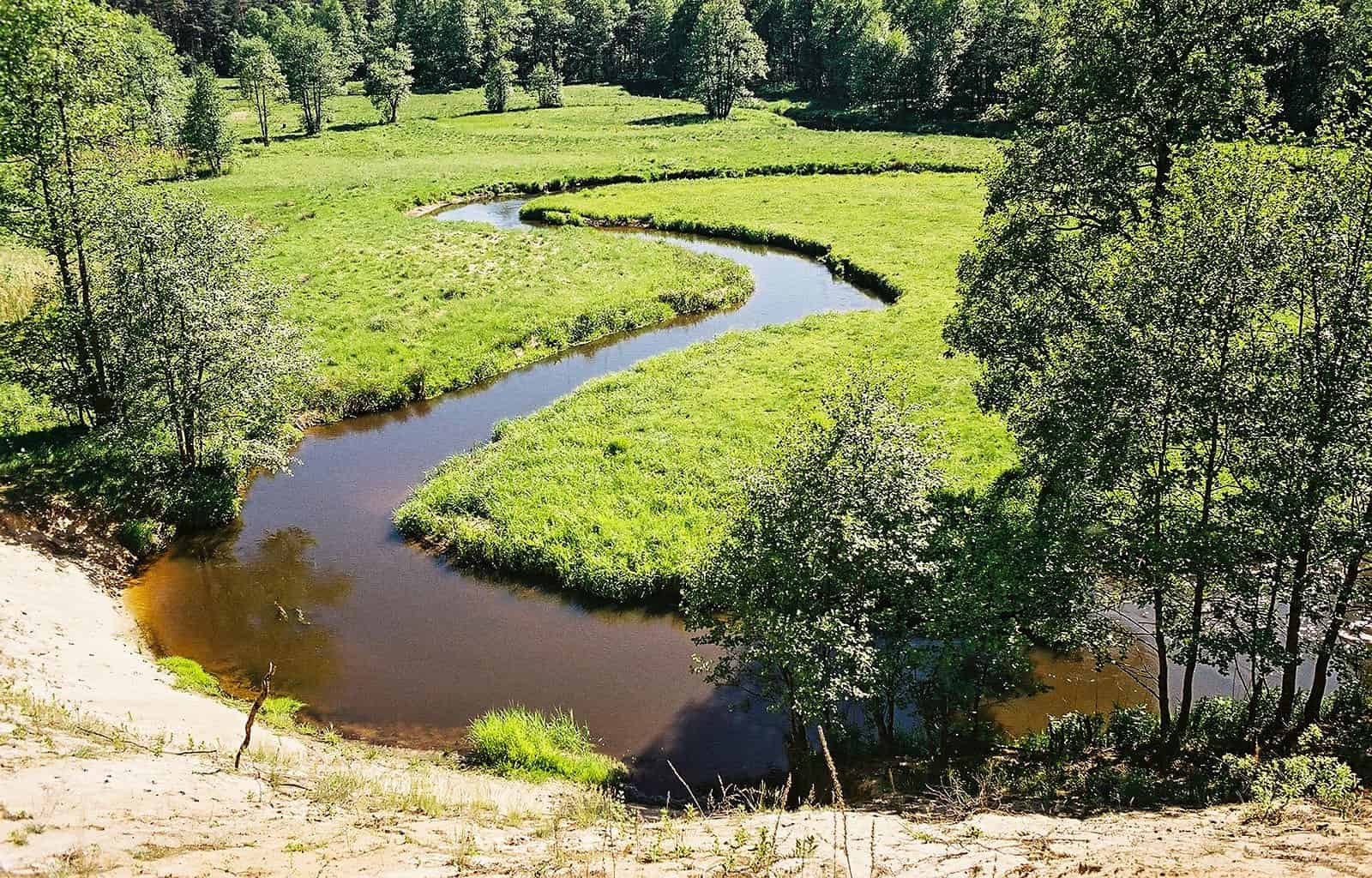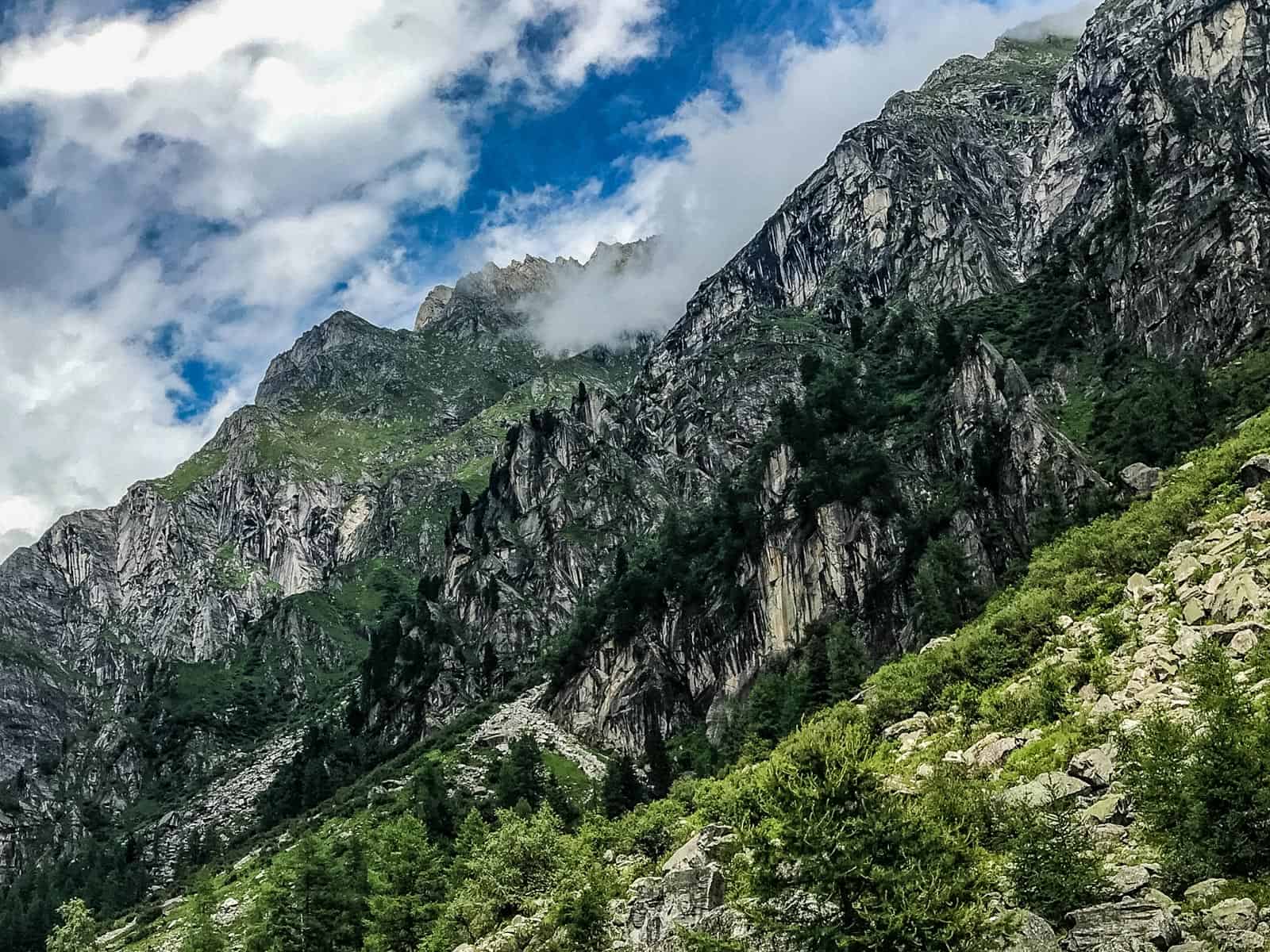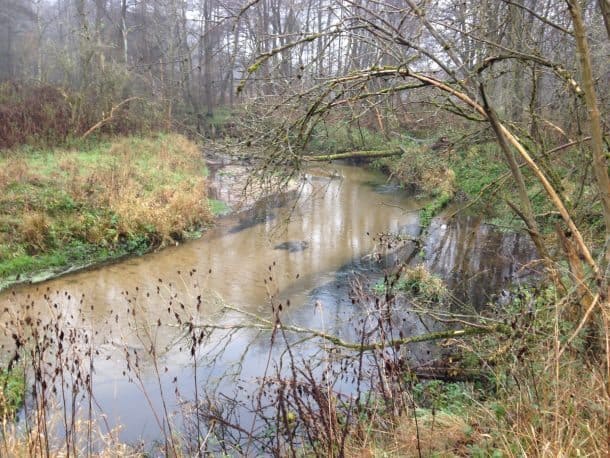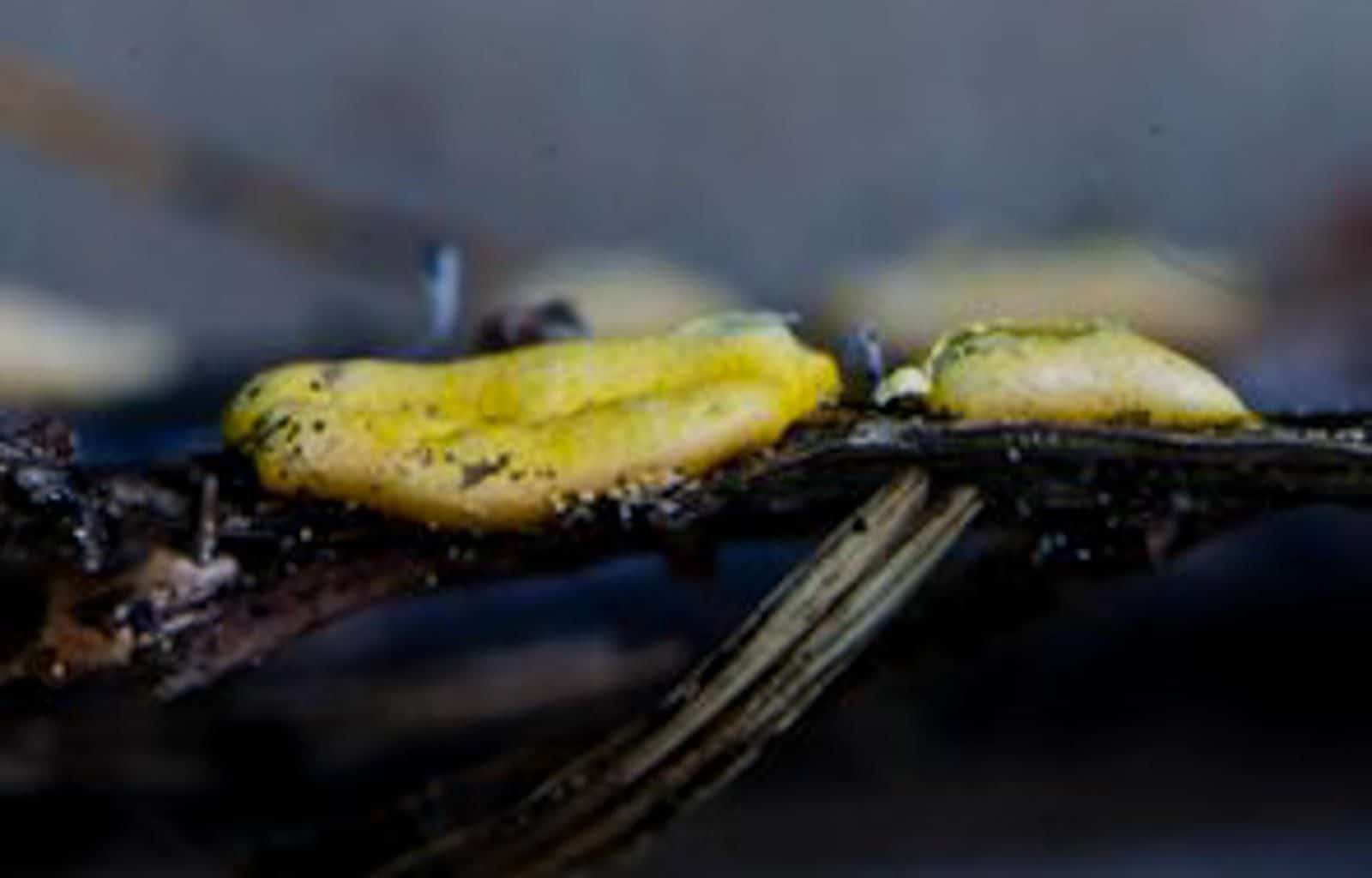Record number of blowholes
Asturias, a small region in Spain, brings together the largest concentration of blowholes in Europe. But before we get more into this interesting news, it is important to clear up what blowholes are.
What is a blowhole?
Blowholes are often known as “marine geysers”. They are formed as sea caves, and then they grow landwards and upwards into vertical shafts. Later on, they expose themselves towards the surface, which often results into an hydraulic compression of sea water. This water, is released through a very little hole on the top of the surface. The geometry of the cave and blowhole along with the tide levels and swell conditions determine the height of the spray.
Goals of the study
The authors of this research, emphasize that the objective of this study was to establish a hypothesis about the origin and evolution of the rocky coastline.
With this hypothesis, they wanted to create an inventory of the different remarkable geological morphologies that can be found along the coastline. During the research, they ended up identifying more than 19 different geological morphologies.
Blowholes are included in these peculiar geologic morphological group. They are points of worldwide interest because, in just a few kilometers, they allow you to see the calcareous evolution of the coastline in all its phases.
The first thing we have verified is that the two camps of jesters in Asturias –Pría and Arenillas– are the highest concentration of this type of morphology in Europe and, surely, in the world, as there is no similar reference in scientific work
This study regarding this specific part of the Spanish coast, aims to achieve an UNESCO certificate for this area.

